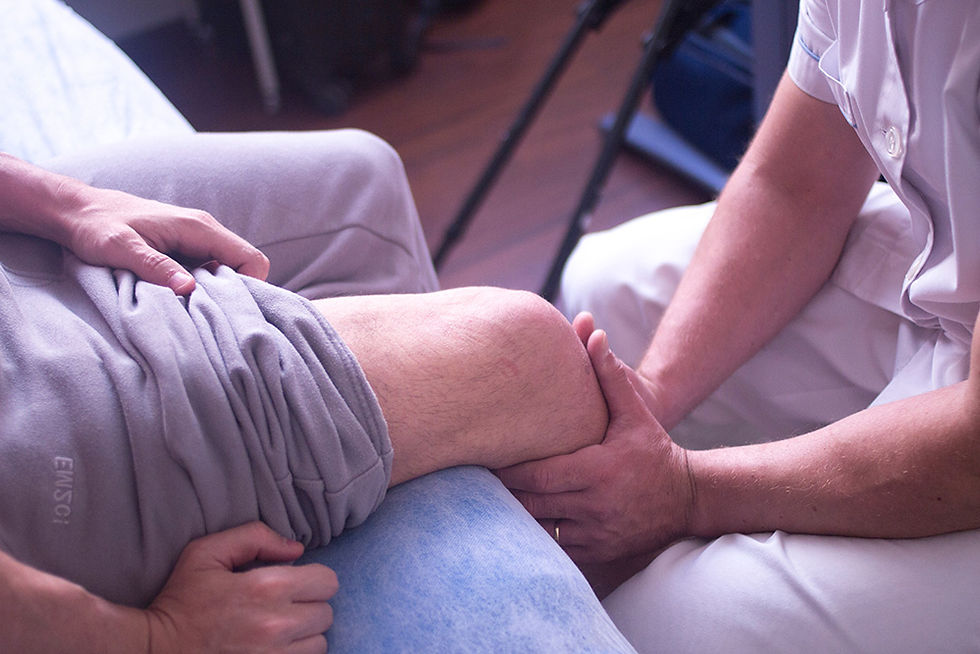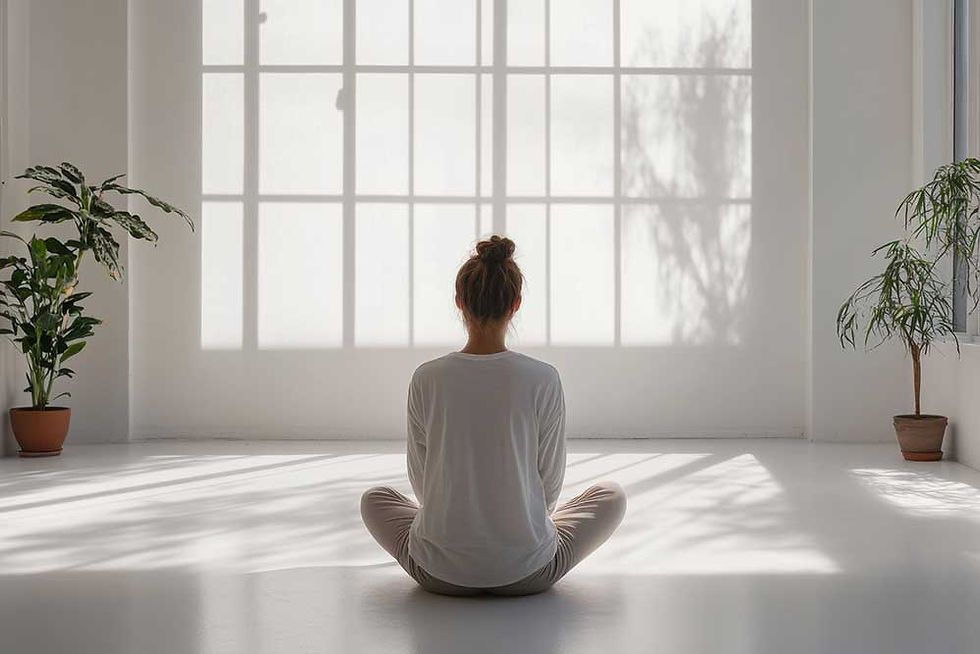The Importance of Balance
- Vail-Summit Physical Therapy
- Jul 10, 2021
- 2 min read

Balance Explained
Balance is typically thought of as something you “lose” as you age, but any person can have a dysfunction in one or more of the many aspects that keep us on our feet. Furthermore, balance challenges and symptoms of dizziness as we are not conceded normal, and should not be ignored. Balance is simply a general term for the functions of the human body that are responsible for keeping us upright (postural control) in addition to preventing falls (balance reactions). There are two general categories of balance: static and dynamic. We utilize static balance when we’re standing in place and dynamic balance when we are moving.
Static balance can also be referred to as postural control. This is the ability to control where your body is in space, maintain stability, and keep your head steady. Postural control requires anti-gravity strength and endurance of “postural muscles” around the spine and hips to maintain stability and verticality. Dynamic balance utilizes all of the same systems to integrate postural control as we’re moving. All balance requires good function and teamwork of three sensory systems to maintain your center of mass (typically near the belly button) within your base of support (your feet when you’re standing, your hands if you’re doing a handstand, etc.). Those systems are vision, somatosensation, and the vestibular system.
Vision: using your eyes to identify verticality and self motion
Somatosensation: relationship between body segments and support surfaces, where the body is in space. (i.e. proprioception)
Vestibular: orientation of head to upright, how the head is moving in space. (i.e. inner ears)
These three systems work together to tell your brain where your body is in space and if any component is moving. If these systems find the center of mass is moving towards the edge or out of the base of support, one of three balance reactions may be utilized. These postural reactions are ankle, hip, or stepping strategies.
Ankle: used for small perturbations, head and hips move in same direction (i.e normal sway while standing)
Hip: used for big perturbations, head and hips move in opposite directions (i.e. when escalator at the airport stops working suddenly)
Stepping: step taken to maintain balance, used for very large perturbations that can’t be corrected with a hip strategy (i.e. when you get pushed)
Balance disorders are complex, with many factors that could be an underlying cause or contributor—body systems (i.e. cardiovascular, pulmonary, vestibular, strength, vision, nervous system, immune system, hormone system, ), sleep problems, stress, hydration, alcohol, fear of falling, fatigue, dual-tasking, and medications. Overall, it is important to recognize signs of imbalance and seek treatment. Balance is important for independence in mobility, activities of daily living, and to reduce fall risk.
Key facts:
Signs of imbalance:
Recent falls
Reaching out for people or objects to hold onto
Avoidance/fear of uneven surfaces and stairs
Difficulty in low light environments (i.e. nighttime)
Decreased sense of self-confidence with functional mobility
Sense of insecurity in open spaces
What contributes to poor balance?
Poor vision
Vestibular (inner ear) dysfunction/diseases
Decreased feeling and sensation in your feet/ankles/legs
Decreased strength, endurance of postural muscles
Increased fatigue
Medications and their side effects
What can a PT do?
Vision screen
Treat some vestibular disorders
Improve compensatory strategies from decreased sensation
Strengthening muscles
Train reaction times
Improve endurance, decrease fatigue
What can a physician do?
Refer to optometrist or ophthalmologist (eye doctor)
Diagnose and refer for vestibular disorders
Refer to PT for balance training




Comments